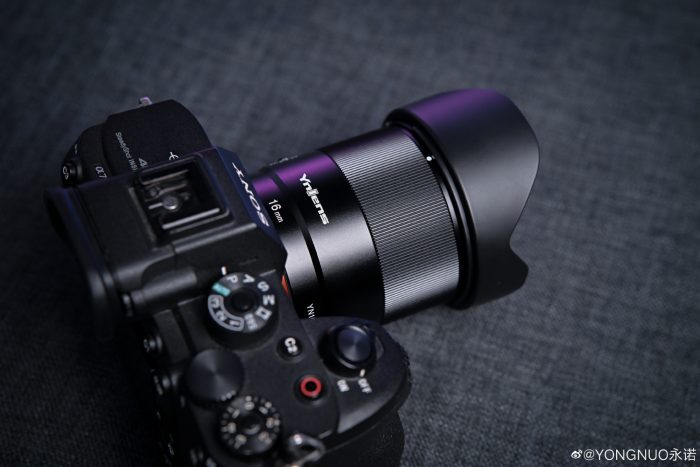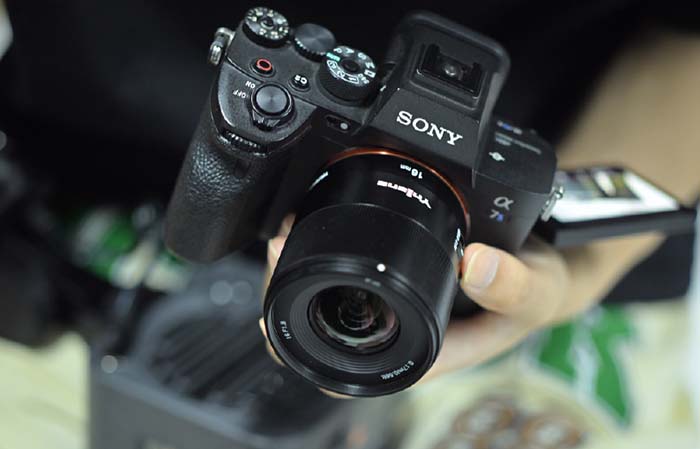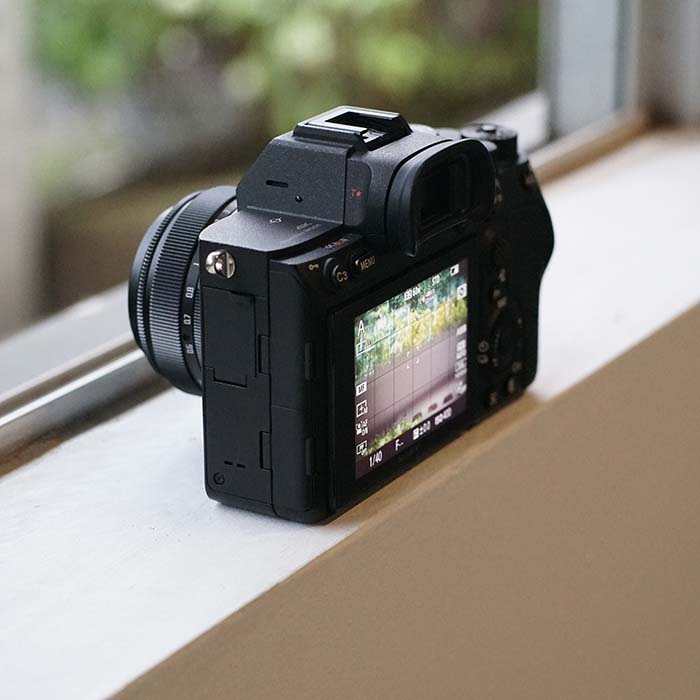Yongnuo shares a new image of their upcoming 16mm f/1.8 FE lens

Yongnuo posted this image of the upcoming new 16mm f/1.8 FE lens.
Back on June 1st I already published an image of this lens:


Yongnuo posted this image of the upcoming new 16mm f/1.8 FE lens.
Back on June 1st I already published an image of this lens:

Sony 24-70mm f/2.8 GM II: INCREDIBLE Improvements to The Standard Zoom
Today deals at Amazon, BHphoto, Adorama, Amazon DE, Amazon UK, Amazon FR, Amazon IT.
Sony E 15mm F1.4 G review (Digitalcameraworld)
Laowa 12-24mm F5.6 C-Dreamer Sample Gallery (Dpreview).
Samyang 24-70mm f2.8 AF Lens For Sony Review (HR images).
What’s In My Bag: Adventure Photographer Nate Luebbe (42West).
Test Sigma 100-400 mm f/5-6,3 DG DN (Phototrend).
5 Film Photography Tips Beginners Need to Know (Explora).
Follow our new Youtube channel.
I kindly invite you all to follow our Discord channel, Instagram, Facebook and Twitter to not miss news and rumors
We have our own Facebook camera groups you can join to discuss the upcoming new cameras in detail:
Sony Alpha group.
Sony A1 group.
Sony A9 series group.
Sony A7r series group.
Sony A7s series group.
Sony A7 series group.
The well known German company Spinn collected over $100k with this rather unique adhesive wrap on Kickstarter (Click here). This means it’s fully funded and will make it into production!
In orthopedics, similar materials have been around for a long time. Spinn has translated this principle together with a well-reputed manufacturer into a soft, firm and protective material. If you like it preorder it now on Kickstarter (Click here).
Techart announced the new LM-EA9 M to E-mount adapter. It has a faster, more accurate and also more silent AF system. It has four motors instead of one and a smaller size with lower weight. Also the build quality is improved.
Here are some images via Weibo:
TTArtisan announced a new compact 50mm f/2.0 FE lens. You can order it now on their worldwide store, Amazon US, Amazon DE, Amazon UK, Peargear store.

Amazon Prime Deay is over but they still advertise the big Sony savings that run til July 17th. In detail we got: